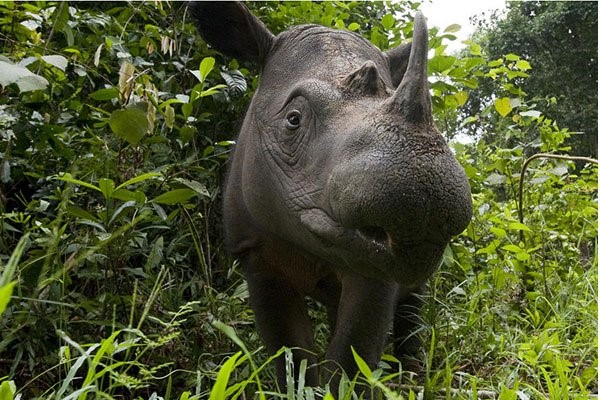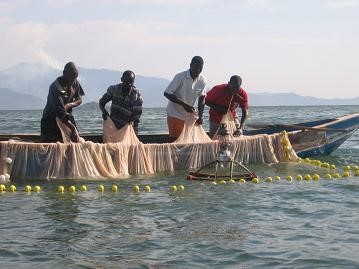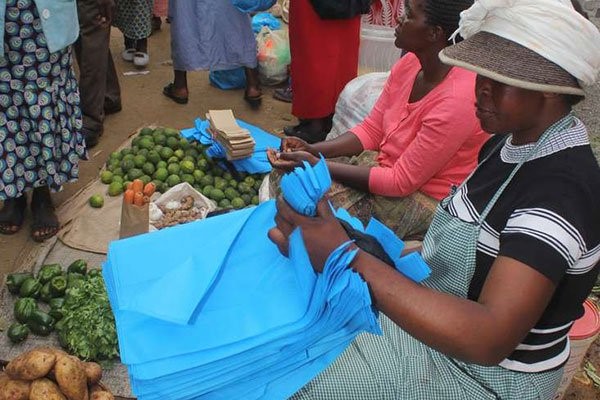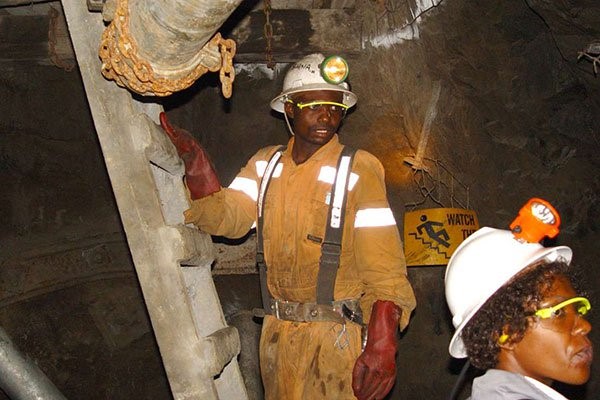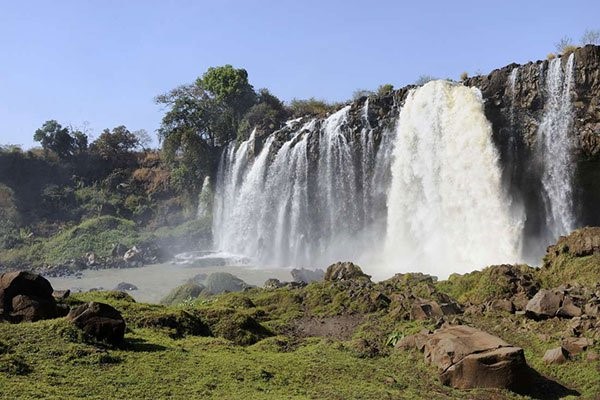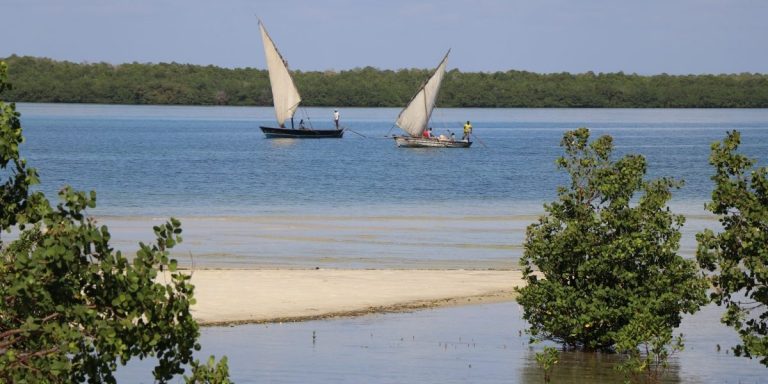Story by East Africa
In 1985, then United Nations secretary general
Boutros Boutros-Ghali reminded the world that the next war in the Middle East
would be fought over water, not politics.
In 2003, he tweaked this warning, saying in
this century, water will be more important than oil. That statement has
overtime been interpolated to the effect that the Third World War will be
fought over water as climate change, growing populations and migration exert
more pressure on water resources.
Being from Egypt, the late Boutros-Ghali might
as well have been talking about the rising tensions then over the use of the
Nile waters, estimated to contribute 90 per cent of Egypt’s fresh water supply
and 95 per cent of its livelihoods, pitting his native country against Sudan
and Ethiopia.
So intense were the disputes surrounding the developments
along the Nile that when Ethiopia announced in 2011 that it was building a
6,430 Megawatt dam, the Grand Renaissance, on the Blue Nile, Egypt’s first
reaction was to threaten war.
In 2013, Egypt’s then-president, Mohamed Morsi
equated the Nile waters to the life fluid, warning that diminishing the flow by
one drop would mean “our blood is the alternative.”
Six years later, the war drums from in Ethiopia
and Egypt have gone quiet and the $4 billion Grand Renaissance Dam is 70 per
cent complete.
The dispute now is over how long it should take
to be filled up, with Egypt asking for a maximum of 15 years in order to avoid
drastically low levels of water flowing downstream. Ethiopia has suggested
three years.
Egypt’s fears arise from three factors. One, of
the world’s longest rivers, the Nile has the weakest flow (84 cubic kilometers)
compared with 5,518 cubic km for the Amazon and 1,250 cubic kms for the Congo
River.
Two, with most of its water dependent on the
Ethiopian highlands and the river passing through a desert, high evaporation
rates make its level quite variable, sometimes by as much as eight metres in
Sudan.
Three, Egypt is projected to become water
scarce in six years with water consumption of 87 cubic km per year.
Much of the credit in calming the tension over
the Nile waters goes to Ethiopia’s new Prime Minister Ahmed Abiy who was
elected last year and quickly signed a three-way agreement with Egypt and Sudan
to hold talks every six months to discuss reasonable timelines for the filling
up of the Renaissance Dam.
The unheralded behind-the-scenes work, however,
has been done under the Nile Basin Initiative (NBI), which with the World
Bank’s support, has established a structured way of co-operation among
countries in the sustainable use of trans-boundary water resources.
The initiative brings together 10 Nile Basin
countries — Burundi, DR Congo, Egypt, Ethiopia, Kenya, Rwanda, South Sudan,
Sudan, Tanzania, and Uganda (Eritrea participates as an observer) — with its
programmes being adopted as national policies by members.
“Through research we have given more reliable
information on the benefits of co-operation and the potential impact of
projects. This has helped create trust and minimized grounds for conflict,”
said William Rex, the programme manager of the World Bank’s Cooperation in
International Waters in Africa.
The programme assists riparian governments in
sub-Saharan Africa to address constraints to sustainable joint management and
development of water resources.
NBI is funded through the Nile Basin Trust Fund
whose seed capital—$140 million—was committed by donors in 2001 to facilitate
co-operation on Nile matters including institutions, research and investments.
The NBI model is being replicated in finding
lasting solutions to the sustainable sharing of water along the Zambezi, Niger,
Okavango, Senegal and Volta rivers besides working with the Inter Governmental
Authority on Development (Igad) and the South African Development Community on
the framework for sharing of ground water.
“Our focus through sharing of information, data
and research, especially on flood prediction, is on how to increase the pie by
looking at the services with the maximum impact for all riparian countries
rather than what volume each country gets as was the case with the
controversial agreements,” Mr Rex said.
Three agreements have overtime, come to define
how the Nile Waters are shared.
Agreements
Colonial agreements made by Britain in 1902 and
1929, and a bilateral treaty between Egypt and Sudan in 1959 gave Cairo the
bulk of the Nile waters.
The latter gave Egypt three quarters of the
waters (55.5 billion cubic meters) against a quarter for Sudan or 18.5 billion
cubic meters.
The agreements, especially the colonial ones,
are contested mostly in East Africa where independent governments say they
should not be bound by them. The 1959 agreement is contested by Ethiopia,
which, despite supplying 85 per cent of the Nile waters, was not a party to it.
Already, NBI is fronting the Rusumo Falls
Hydroelectric Dam which is shared between Burundi, Rwanda and Tanzania as an
example of what can be achieved with co-operation on use of trans-boundary
resources.
The 80 Megawatts generated from the dam will be
shared equally between the three countries despite its feeder, River Kagera,
not passing through Burundi.
Conceived a decade ago, the $469 million
project is funded by the World Bank ($340 million towards generation
infrastructure) and the Africa Development Bank ($128.6 million for the
transmission lines).
It will be run by the Rusumo Power Company, a
joint venture between the three governments when it is completed in 2020. It
also has a $711,000 livelihood restoration programme where 161 households
affected by the project will be supported to start sustainable agriculture,
livestock keeping and off-farm businesses.
There is also $15 million to be shared equally
between communities in the three countries for general development.
Rusumo is one of $2 billion in investments
enabled through NBI. Others are the now operational 100 Megawatt
interconnection that has enabled power from Ethiopia to be sold to Sudan
benefiting 1.4 million households.
Another, the $403 million regional
interconnection to power electricity trade between Burundi, DR Congo, Kenya,
Uganda and Rwanda is ongoing with construction of 1,500 kilometres of
transmission lines and base stations underway.
Egypt, Ethiopia and Sudan are expected to
jointly implement the Eastern Nile Watershed Management Programme which aims to
increase soil water retention through appropriate farming methods, control of
erosion through terracing and afforestation and water harvesting by households.
NBI is now however caught up in a dispute
between Kenya and Tanzania over construction of two dams across the Mara River,
the ecosystem that feeds the wildebeest migration, one of the Seven Wonders of
the New World.
Read original article


